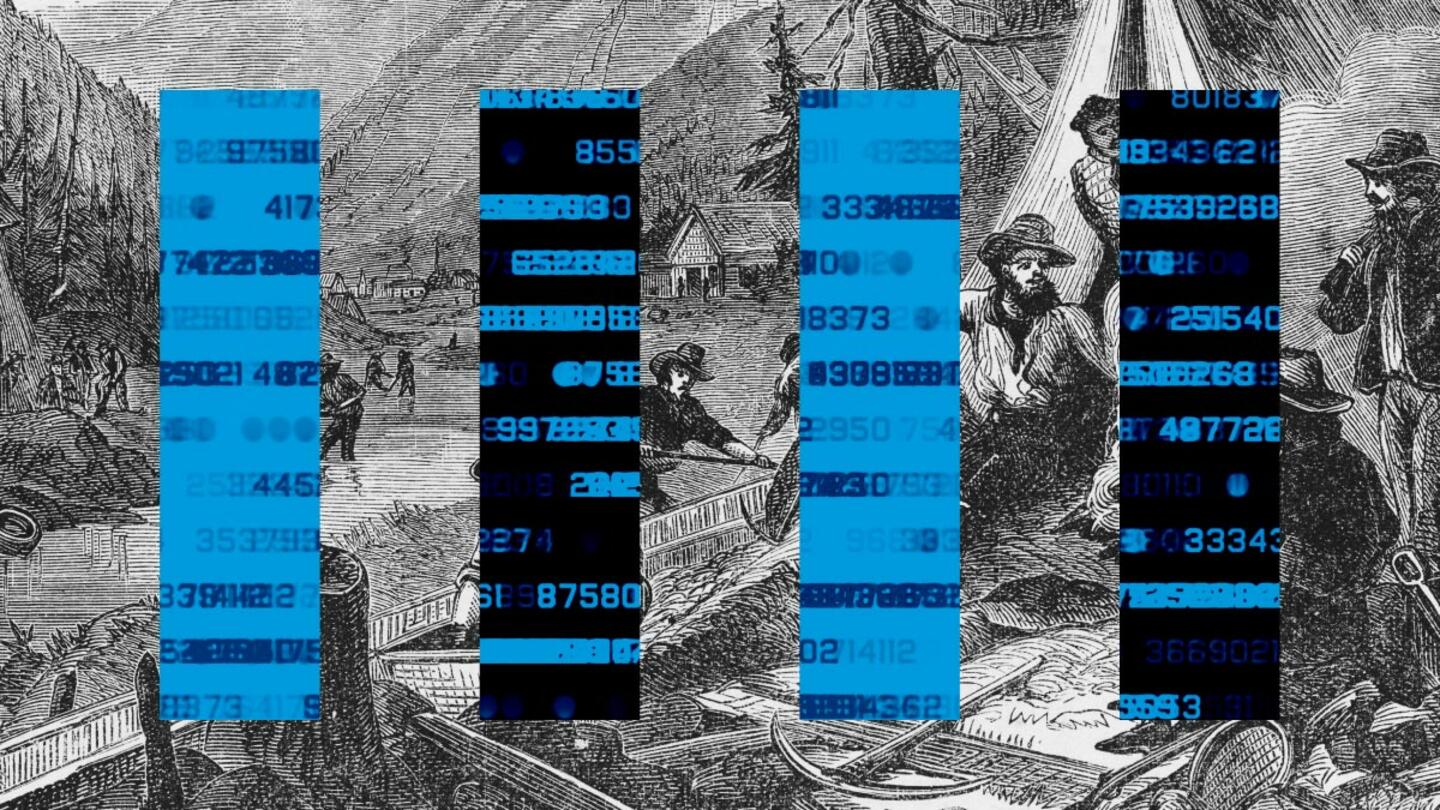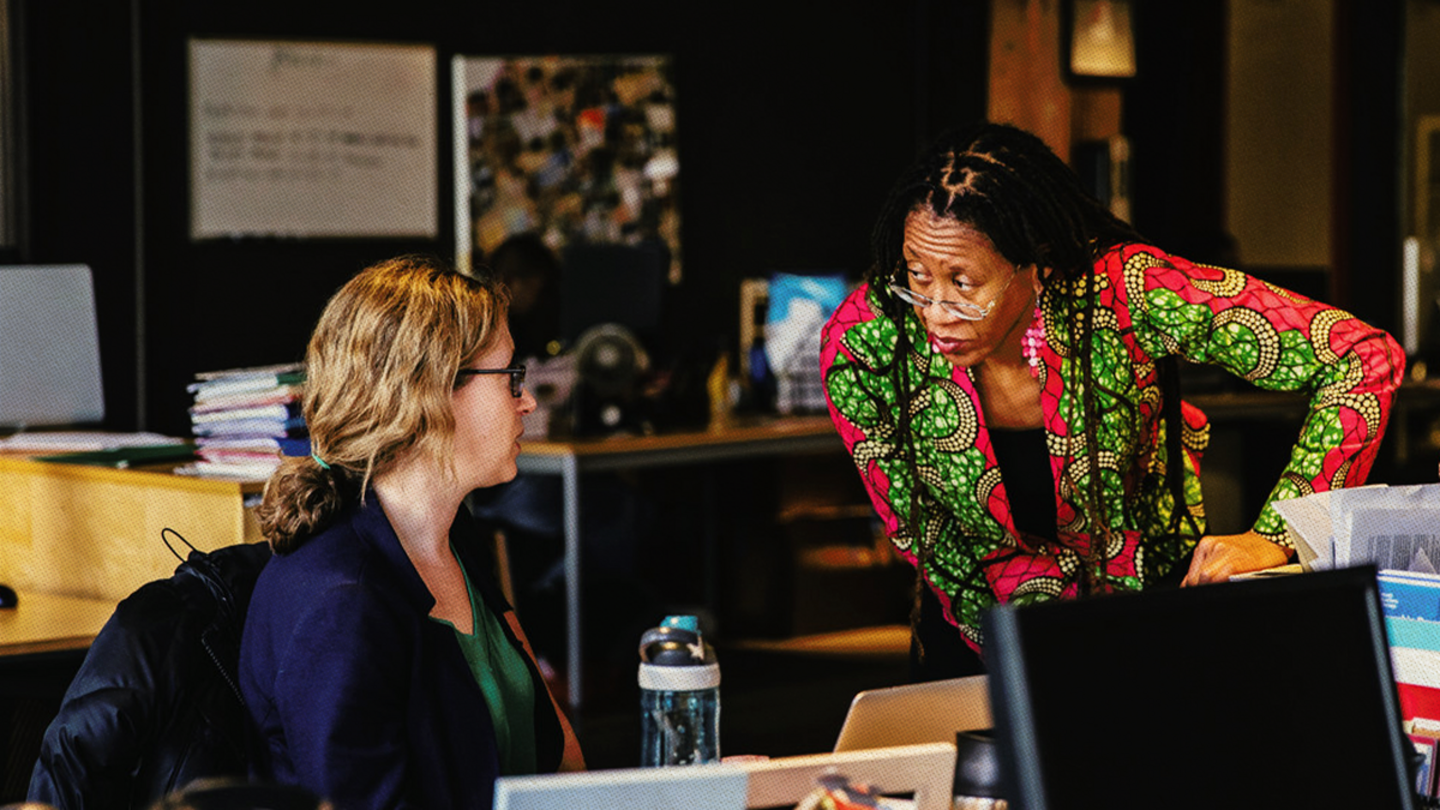If the scolding we got as kids after "decorating" the house with crayons taught us anything, it's that good intentions, while very noble, don't always lead to good outcomes.
Just as coloring the walls of your childhood home did not go over well, the government's well-intentioned efforts to make postsecondary education more affordable are also failing.
The federal government spent over $135 billion (mostly in Pell Grants and student loans) just last year trying to make college affordable. Despite these massive taxpayer subsidies, the cost of a traditional college education has skyrocketed.
In the 2021-22 academic year, annual tuition and fees of public and private non-profit colleges averaged $9,678 and $38,768, respectively. Despite the federal government's efforts to make college more accessible and affordable, still, more than 40 million Americans hold a collective $1.7 trillion in student debt, many of whom have debt but never earned a degree.
Instead of benefitting learners, this strategy is perpetuating America's decades-old "college-for-all" mentality. The current postsecondary education policy framework is steeped in misaligned incentives, which may work wonders for the bottom line of traditional universities but is doing nothing to control costs.
At Stand Together, we want to change that. We want to create an open postsecondary education ecosystem, where learners are empowered with the resources and tools to choose their path forward – college or an alternative – so they can live life of meaning and purpose by developing and applying their unique skills and aptitudes in society.
But first, it is important to know why postsecondary education is so expensive today.
Why is the cost of postsecondary education skyrocketing?
Postsecondary education is getting increasingly expensive; no one can question that. But why is college (and it is mostly college) getting pricier?
First, the federal student aid system – federal loans and Pell Grants – is only available to students pursuing programs at accredited colleges and universities.
Limiting federal student aid to programs only offered by accredited schools protects colleges from competing fairly with alternative education pathways. It incentivizes institutions to charge higher prices – not competitive market prices – and disincentivizes innovation or cost cutting.
Moreover, limiting federal funding to one set of education options prevents learners who want to pursue an alternative education pathway but are not financially able to do so.
The cost of a traditional college education also keeps rising, in part because of a lack of accountability for taxpayer-funded programs at all higher education institutions to yield positive employment and earnings gains for students after graduation.
Quite the opposite: while college costs have skyrocketed, the median wage for a college graduate has stagnated, and learners are paying way more for education than the income they gain in return. And although colleges spend more money today than ever, they are spending less (as a share of total expenses) on student instruction than they were ten years ago.
Traditional institutions are charging more, and they are spending more. But that money is not improving student's earnings potential after graduation.
Rethinking postsecondary education will make it more affordable
The current model for financing postsecondary education has yet to achieve its core objective: making education more affordable.
It is time to rethink this system and provide students with alternative finance options that empowers them to pursue the educational pathway aligned with their goals, rather than forcing them to see the 4-year degree and a student loan debt as their only option.
Making alternative finance more available for students would also increase competition in the postsecondary education landscape, as learners will be financially able to pursue alternative education options, if they want to.
Here are just some of the ideas that can reduce the cost of education.
1. Income-share agreements
Income-share agreements (ISA) are outcomes-based alternatives to student loans that tie repayment with a student's financial success after graduation.
ISAs work like this: When receiving the funds for their education, a student pledges to make a fixed number of monthly payments (only after graduation) determined by their post-completion income. Students will only pay if they earn above a minimum amount, meaning students will not be saddled with debt if they do not fare well financially after graduation.
ISAs reward programs that are proven to bring the student a better return on investment. By giving education providers some skin in the game, ISAs incentivize them to reduce the cost and improve the quality of their programs.
2. Pell Grants for alternative education options
The federal government will spend $27.4 billion on Pell Grants for the 2022-23 academic year. This money should give students the chance to pursue more individualized education pathways. Unfortunately, policies dictate that Pell Grants favor traditional college pathways over alternative education options. This status quo protects colleges from competition, leads to increasing costs, and denies learners the opportunity to pursue a non-traditional education pathway.
Allowing learners to use Pell Grants in ways they think are best for them would level the playing field in the postsecondary education landscape, force providers to compete on cost and quality, and empowers learners to make trade-off decisions between college and non-college options.
3. Education and skills savings account
Incentivizing education and skills savings accounts can also transform the postsecondary education landscape by putting student aid and other funding in the hands of individuals, not education providers. Instead of colleges serving as pass throughs to award financial aid to students, education and skills savings accounts allow students to tap into a mix of public and private funding and personal investment, putting them in the driver's seat to decide the type of education they pursue.
Restoring students' purchasing power in the marketplace gives them more choice and has the potential to drive down the cost of postsecondary education. It allows individuals to make tradeoffs between education options and pursue multiple pathways across different providers simultaneously.
Traditional college is becoming more expensive and as a result, for many students, the value proposition decreases. It is time to rethink the decades-old postsecondary education model and give learners more choice along their journey to self-actualize.
Learn more about how Stand Together partners are transforming education and explore ways you can partner with us.




